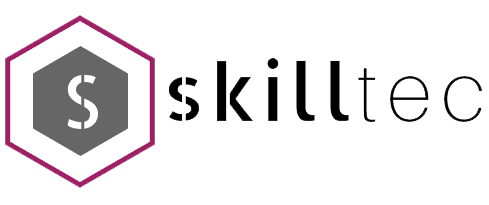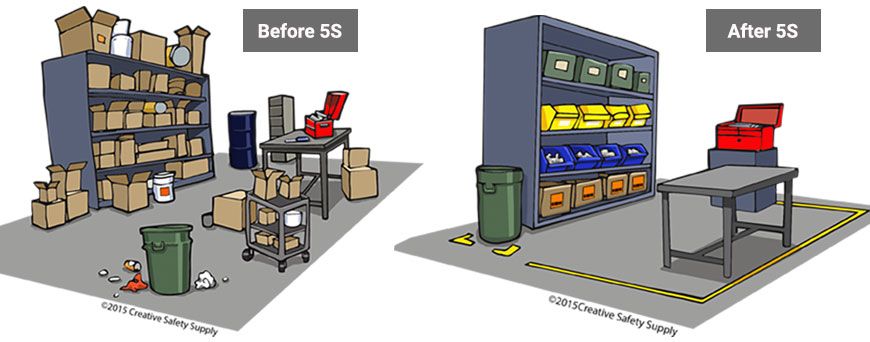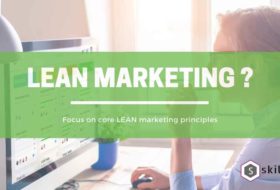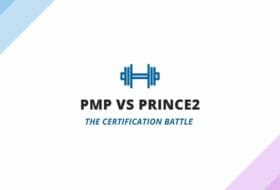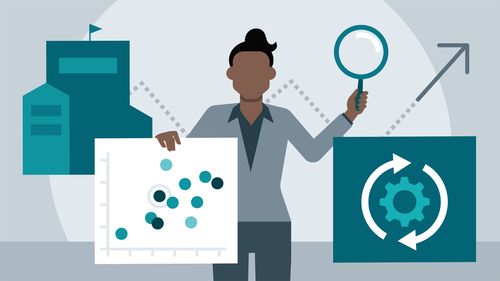
5S is one of the first tools that can be applied in a company that is starting down the path of the continuous improvement culture. A 5S implementation helps to define the first rules to eliminate waste and maintain an efficient, safe, and clean work environment. It was first popularized by Taiichi Ohno, who designed the Toyota Production System and Shigeo Shingo, who also put forward the concept of poka-yoke.
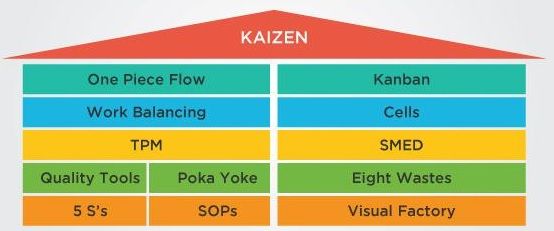
The 5S methodology is easy for everyone to start using. It doesn’t require any technical analysis, and can be implemented globally in all types of companies, ranging from manufacturing plants to offices, small businesses to large multinational organizations — and in both private and public sectors. Its simplicity, practical applicability, and visual nature make it an engaging aid for operators, directors, and customers alike.
Why 5S Methodology ?
5S is the perfect tool to identify the first improvement projects in your company to eliminate waste. Although sometimes viewed as a housekeeping technique, it is actually an innovative management system that helps people think lean, paving the way for the adoption of Lean principles in the organization. Understanding the 5S methodology is one of the foundations of Six Sigma principles, and can be extremely beneficial for organizations of all kinds.
And here’s the best part: implementing 5S is a breeze! With this logical, step-by-step guide, you’ll learn what the big deal about 5S is, how to devise an action plan for 5S implementation, and how best to wield this powerful tool for improved productivity, elimination of wasteful processes, and all-round development!
What Does 5S Stand For?
The name 5S refers to a set of five terms borrowed from Japanese, all beginning with the letter S when transliterated. The equivalent terms in English also begin with an S. In essence, these five terms represent the five steps toward operational and process excellence:
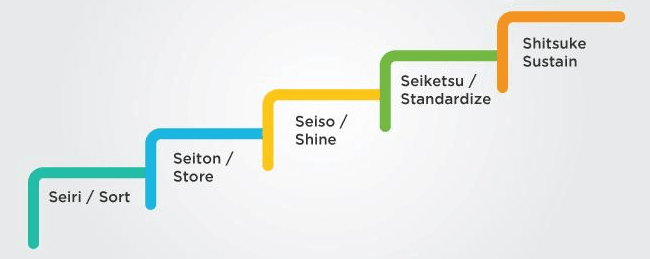
Sort: Separate required tools, materials, and instructions from those that are not needed. Remove everything that is not necessary from the work area.
Store: Sort and organize all tools, equipment, files, data, material, and resources for quick, easy location, and use. Label all storage locations, tools, and equipment.
Shine: Set new standards for cleanliness. Clean and remove all trash, grease, and dirt. Everything must be clean, tidy, and neatly put in its appropriate place. Cleanliness provides a safe workplace—and makes potential problems noticeable, e.g., equipment leaks, loose parts, missing guards, loose paperwork, or materials.
Standardize: Engage the workforce to systematically perform steps 1, 2, and 3 above daily, to maintain the workplace in perfect condition as a standard process. Establish schedules and set expectations for adherence.
Sustain: Make 5S part of your culture, and incorporate it into the corporate philosophy. Build organizational commitment so that 5S becomes one of your organizational values so that everyone develops 5S as a habit. Integrate the 5S methodology into the performance management system.
Turn to #action !
You can start implementing 5S by providing training to your staff to understand the system. This may be followed up with one-day sessions with each employee or team to ensure they are on the same page as far as implementation is concerned.
In the first one-day session, employees should look be ready to meet the first three 5S requirements:
- Take a picture of the current status of your workplace.
- Sort to separate anything that is needed and necessary from what is not needed.
- Organize the things you need so that there is a place for everything and everything has a place. You should be able to find anything in just a few seconds.
- Clean the workplace and get rid of things that make it difficult to maintain cleanliness, such as boxes on the floor that prevent you from being able to clean the entire surface — label them store them in labeled drawers, instead.
- Prepare an action plan for the items you aren’t able to deal with that day, but will be able to in the near future. This could include selling items you no longer use, donating them, recycling, or throwing them away.
- Take a second picture after the entire day’s work, for review.
Pro Tip: Learn how to apply these principles and get a certification to show for it with a professional certified program.
Time to #Standardize
During the second one-day session, two weeks later, employees should take a third picture and compare it to the first two shots. Many organizations set up peer audits to check how the 5S principles are being met as well as to ensure the plan is moving forward.
Work together to define ways to standardize the improvements over time: organize cleaning schedules, define roles and responsibilities, and prepare written procedures or diagrams to help everyone remember what to do.
Lead to #Sustain
During the third one-day session, 2 months later, check to see how your workplace looks and schedule another peer review. This way, you can make sure the 5S are sustained by ensuring defined schedules are being met and everyone is following the procedures.
